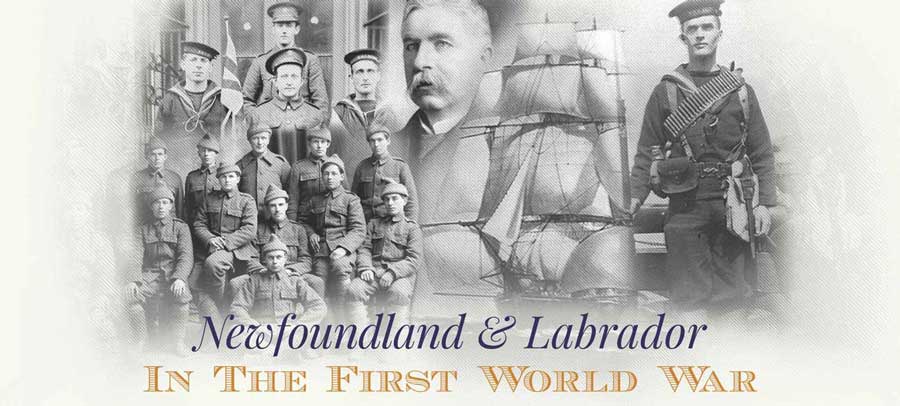Newfoundlanders and Labradorians in the First World War
Newfoundlanders and Labradorians served on land, at sea, and in the air during the First World War. Some defended the home front, many more fought on the front lines at France, Gallipoli, and elsewhere. Others volunteered as loggers supplying timber products vital to the war effort, or as nurses in overseas military hospitals. Still more served as merchant mariners transporting essential goods to Allied countries.
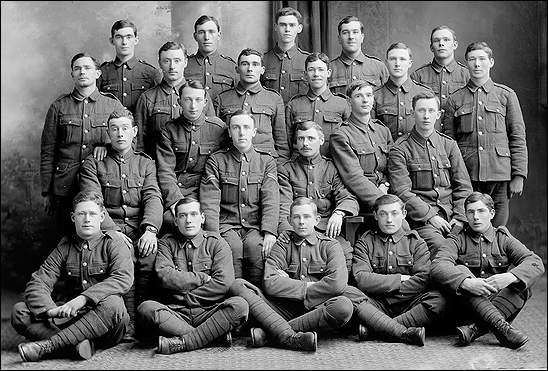
A total of 8,707 men enlisted in the dominion's three services - the Royal Newfoundland Regiment, the Newfoundland Royal Naval Reserve, and the Newfoundland Forestry Corps. Another 3,296 joined the Canadian Expeditionary Force (CEF). These 11,988 men represented nearly 10 per cent of the dominion's total male population, or 35.6 per cent of all men of military age (between 19 and 35 years old). Smaller numbers also served in a variety of other forces, such as the Royal Flying Corps and the Royal Air Force.
At least 505 sailors from Newfoundland and Labrador were part of the merchant marine and worked on commercial vessels shipping passengers and cargo to Allied ports. There were also about 175 women who served overseas as graduate nurses or with the Voluntary Aid Detachment (VAD) - a corps of semi-trained nurses.
Royal Newfoundland Regiment
When the First World War broke out on August 4, 1914, the prevailing view was that it would be won on land rather than at sea. As a result, the Newfoundland government decided to raise a regiment of 500 men.
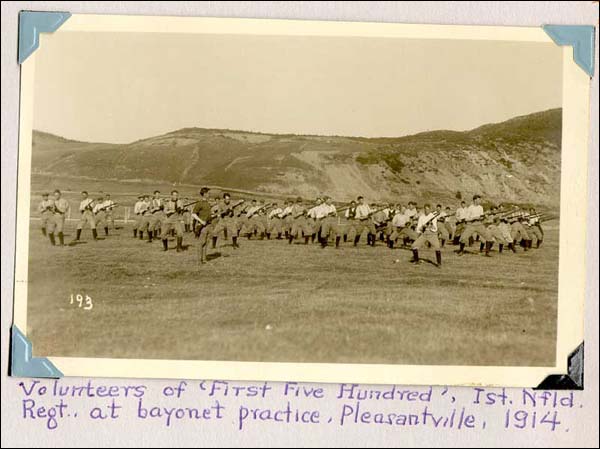
Public response to the First Newfoundland Regiment was enthusiastic. When recruiting for the first contingent ended on September 26, 1914, 970 men had come forward. Of those, 565 were accepted, more than 200 rejected, and the remainder held under further consideration. Recruiting efforts progressed so smoothly that the Newfoundland government decided to expand the Regiment to full battalion strength - 1,080 officers and men, plus reserves of 50 per cent.
The first 538 men departed St. John's aboard the steamship Florizel on October 4, 1914. Approximately 26 subsequent drafts followed during the course of the war. All of the Regiment's soldiers began their overseas service with a period of training in the United Kingdom before being deployed to various theatres of war.
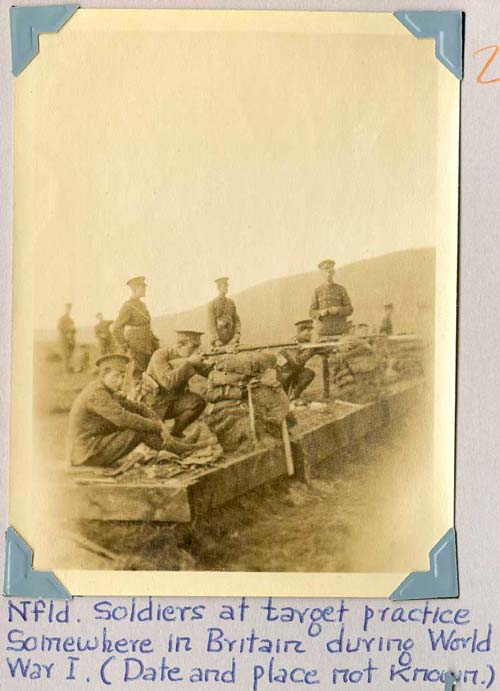
The Newfoundland Regiment distinguished itself on battlefields at Gallipoli, Beaumont Hamel (where it suffered traumatic, heavy losses on July 1, 1916), Gueudecourt, Monchy le Preux, Cambrai, and elsewhere. Its brave actions earned it the title of "Royal" in December 1917 - an honour that no other British Regiment won during the First World War.
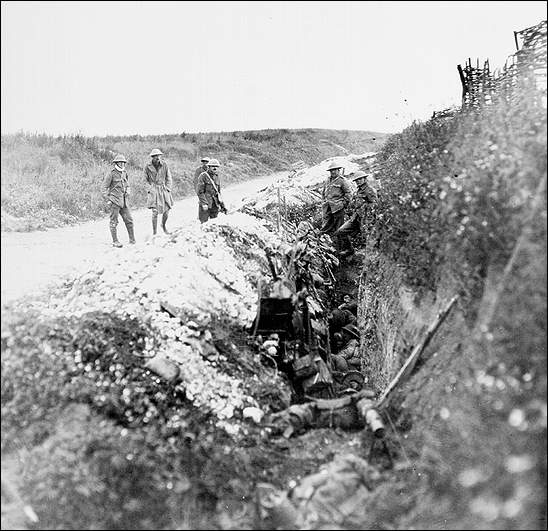
When peace was restored on November 11, 1918, the Royal Newfoundland Regiment joined the occupation force in Germany. By then, 6,277 Newfoundlanders and Labradorians had joined the Regiment. Another 4,128 had volunteered, but were rejected on medical grounds. Drafts of men began to return home in the spring of 1919 and the Regiment disbanded on August 26, 1919.
Newfoundland Royal Naval Reserve
At sea, almost 2,000 Newfoundlanders and Labradorians saw active service in the Newfoundland Royal Naval Reserve during the First World War. Unlike the men of the First Newfoundland Regiment, who remained with their unit, reservists were dispersed throughout the Royal Navy.
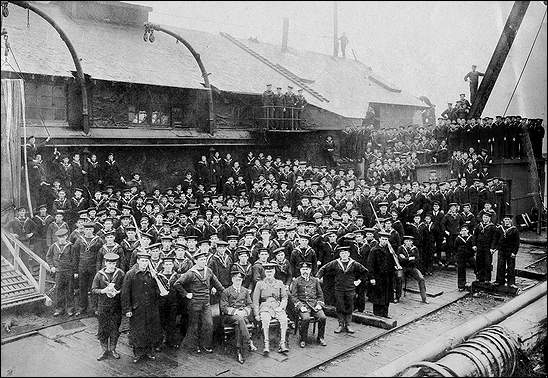
They served on minesweeping trawlers near the British Isles and on armed merchant vessels, travelling to such places as India, Africa, South America, and Australia. Newfoundlanders and Labradorians served as gunners and deckhands, they landed ground troops in warzones, and they shipped essential food and equipment to Allied ports.
They also served on Q-boats - heavily armed naval vessels that were disguised to look like simple merchant ships or fishing boats. A Q-boat's job was to lure enemy submarines close enough to be fired upon. Many Newfoundland reservists also served with the Royal Navy's 10th Cruiser Squadron. The unit formed at the start of the war to patrol the North Sea and the waters between the British Isles and Iceland.
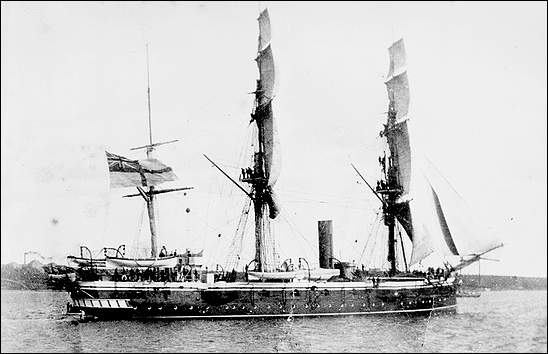
Some members of the Newfoundland Royal Naval Reserve also served at home. They formed a protective guard at the Admiralty wireless station in Mount Pearl and manned a 12-pounder gun at Fort Waldegrave to protect the entrance to the St. John's harbour. They were also part of a Newfoundland and Labrador patrol, which guarded inshore waters and the Grand Banks fishery.
Merchant Navy
Also at sea, but not as combatants, were the 505 Newfoundlanders and Labradorians known to have served in the merchant marine. They worked on non-military vessels carrying passengers and cargo to Allied and neutral ports. Many served in the North Atlantic, where German U-boats became a growing threat as the war progressed.

On October 8, 1916, a U-boat torpedoed and sank the SS Stephano off the coast of Massachusetts. The Stephano was a Newfoundland steamer that had been carrying passengers from St. John's to New York. No one died in the attack and American destroyers rescued everyone on board.
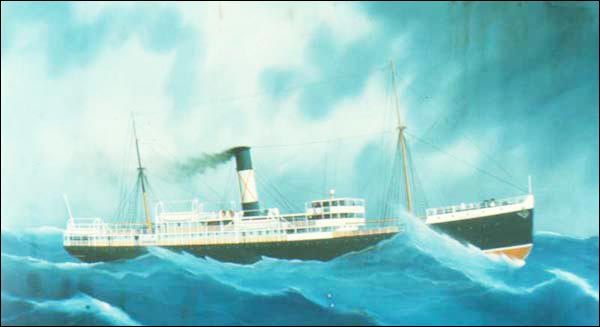
Sometimes the Germans took merchant mariners prisoner. On June 28, 1918, a U-boat captured the SS Dictator and made its crew prisoners of war. Among those taken were four men from Newfoundland: Thomas Fiander, Edgar Banfield, Charles Blagdon, and Thomas Bowridge. At least 115 merchant mariners from Newfoundland and Labrador are known to have died in the First World War; their names are listed on the memorial at Beaumont Hamel.
Newfoundland Forestry Corps
Approximately 500 skilled loggers and mill workers from Newfoundland and Labrador served overseas with the Newfoundland Forestry Corps. It was a non-combatant military unit that formed in April 1917 to supply Britain with the lumber it needed for the war effort. Recruiters expressly excluded single young men eligible to enlist in the fighting forces.
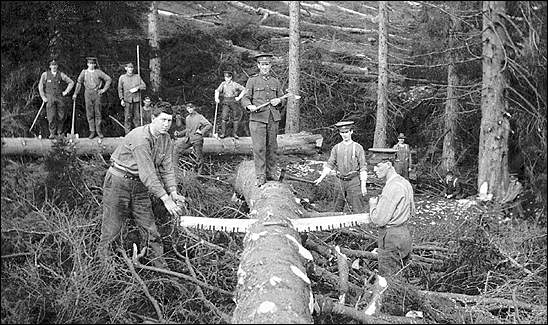
The Corps cleared more than 1,200 acres of timberland in Scotland before hostilities ended. It helped to supply Allied forces with lumber to build dug-out shelters, to cover muddy trench floors, and to build railway tracks for the transport of soldiers and equipment to the front lines. The munitions industry also depended on a steady supply of wooden frames (known as pit props) for use in its mines.
Wartime Nurses
Newfoundland women also served overseas as professional nurses or with the Voluntary Aid Detachment (VAD). They worked long hours in crowded and chaotic hospitals treating severely wounded soldiers from the front lines. The VADs were semi-trained nurses who also assumed a wide range of other roles, such as ambulance drivers, cooks, clerks, and welfare officers.
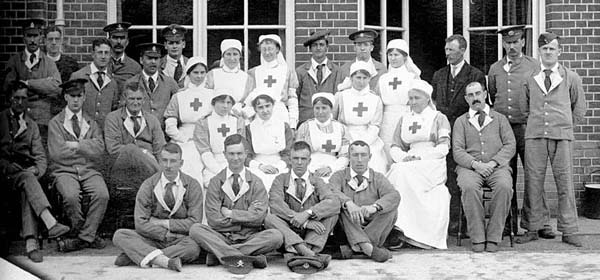
When the war ended, many of the women found it difficult to readjust to the lifestyles that awaited them at home. They were often frustrated because their families and communities expected them to return to their domestic roles, but the war had given them a new-found sense of independence and self-reliance. Many joined the suffrage movement, which won Newfoundland women the right to vote in April 1925.
Other Forces
More than 3,000 Newfoundlanders and Labradorians also joined the Canadian Expeditionary Force (CEF) during the First World War, although little has been written about their service. The CEF's battalions fought at many major battles during the First World War, including at Ypres in 1915, the Somme in 1916, Vimy Ridge in 1917, and Passchendaele in 1917.
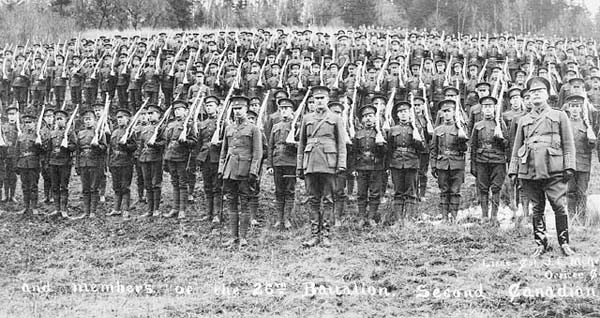
Many of the Newfoundlanders who joined the CEF were living in Canada when the war broke out. Such was the case with John Bernard Croak, who was born at Little Bay, Notre Dame Bay on May 19, 1892, but by 1914 was working as a coal miner in Nova Scotia. He died at the Battle of Amiens on August 8, 1918 while capturing an enemy garrison. His acts of bravery that day earned him the Victoria Cross, which is the highest award for valour a Commonwealth serviceman can receive. The London Gazette described Croak's actions:
"...having become separated from his section he encountered a machine gun nest, which he bombed and silenced, taking the gun and crew prisoners. Shortly afterwards he was severely wounded, but refused to desist. Having rejoined his platoon, a very strong point, containing several machine guns, was encountered. Private Croak, however, seeing an opportunity, dashed forward alone and was almost immediately followed by the remainder of the platoon in a brilliant charge. He was the first to arrive at the trench line, into which he led his men, capturing three machine guns and bayonetting or capturing the entire garrison. The perseverance and valour of this gallant soldier, who was again severely wounded, and died of his wounds, were an inspiring example to all." (London Gazette September 24, 1918)
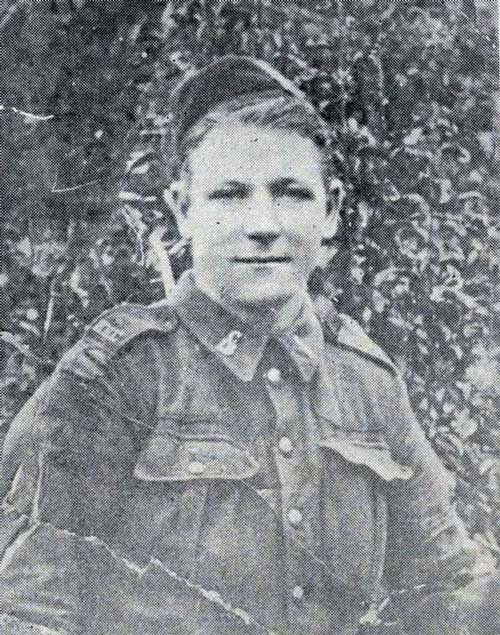
At least 21 Newfoundlanders are known to have joined the Royal Flying Corps (RFC) or the Royal Air Force (RAF) during the First World War. The first was Howard Vincent Reid, who transferred from the Newfoundland Regiment to the RFC in 1915. Lieutenant J.H.S. Green is the only Newfoundlander known to have died while in the RFC. Two more, J.W. Blackall and L.A. Edens became prisoners of war; Edens died in a POW camp in March 1918.
Heavy Losses
Newfoundlanders and Labradorians sustained high fatality and casualty rates during the First World War. Fatalities claimed 1,281 (some accounts say 1,305) of the Royal Newfoundland Regiment's men. Another 2,284 were wounded. Rates for the Royal Naval Reserve were lower, but still far too high - about nine per cent of those who enlisted died in the war.
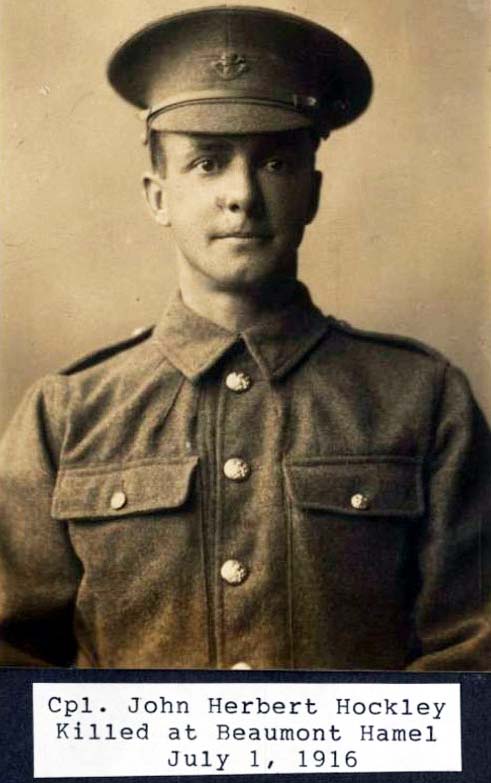
The long-term effects of the loss of so mant young lives, compounded by the number of thouse wounded, disabled, and diseased, were substantial.
